Apple now has a Mac for every type of user — except for ones who want expandability more than they need a display or the power of the new Mac Pro.
It's a relief that we've got the new Mac Pro and so can finally stop talking about how Apple is ignoring a key market segment. For years, there's been this notion that Apple is doomed because it isn't addressing users who are therefore being driven to Windows. That's over.
Except that it isn't.
While we didn't and still don't buy into the idea that Apple is doomed because it chooses to not make a Mac for a certain market, we also don't think the range is complete yet. And when you look at the current lineup with that Mac Pro at the high end, the gap is startling.
Right now you can make a good case that Apple provides a clear Mac line. You can always lament the prices, but there is now a Mac for you whether you're a casual, occasional user or your job pushes technology to its limits ten times a day.
It's just that there is this big gap in the middle for users who need a little more power, a little expandability and no display. And it's a gap that would be filled by a tower or mini-tower Mac that sits between the iMac and the iMac Pro in price and performance.
Look at the lineup
If your work requires a Mac mini or a Mac Pro, you definitely know it. There's no ambiguity there, whereas there is some when you're trying to recognize whether you need an iMac or an iMac Pro.
Then, especially across the iMac Pro and now Mac Pro, there are far harder decisions to make about how many cores, how much RAM and so forth.
Those options are so varied that you can definitely configure an iMac to be close to a low-end iMac Pro. It's harder to say that about the difference between the iMac Pro and the Mac Pro coupled with, well, any monitor. Yet across this high end, the machines can get close enough to one another to make your buying decision difficult.
So the whole range is a lot muddier than Apple suggests. Instead of looking at every single one of the myriad build-to-order upgrade options, then, just take a look at the base entry prices for each model. When you do that, the gap is striking.
Missing link
The Mac mini starts at $799 and the next desktop Mac up is the iMac at $1,099. And at the other end of the scale, there's the iMac Pro which begins at $4,999, followed by the Mac Pro beginning at $5,999.
At the start of the range, there's a $300 price difference between the models. That's a good difference because it means you will probably tend to the cheaper one but you are likely to be able to stretch to the next if you decide you really need it.
Up at the top end, the difference is $1,000 and that's obviously much wider, but it again helps you make some price/performance decisions.
Yet in the middle, the gap between the iMac and the iMac Pro is $3,900.
Or just to drive this disparity home, look at it another way. From $0 to $999, Apple sells one desktop Mac. From $1,000 to $1,999, it sells one desktop Mac.
From $2,000 to $4,998, it sells none.
If this were just about how much money you'd like to give Apple, please, then you could configure different models. Or you could buy MacBooks in their various forms. The starting cost of those is $1,199 for the MacBook Air, $1,299 for the MacBook and also for the base MacBook Pro.
There are no desktop Macs or MacBooks with a base entry price between $1,300 and $4,998.
Filling the gap
Price is only a single measure, but Apple picks its price points and its entry specifications extremely carefully. Plus, with the price comes certain implications. Clearly, the more you're spending on a Mac, the more powerful a tool you're looking to get, for instance.
We can make more assumptions about users who'd benefit from a Mac in that enormous wasteland between the iMac and the iMac Pro. For example, they wouldn't be people who'd need the wallop of a Mac Pro, but they also wouldn't be ones for whom the Mac mini has enough punch.
Typically when you speak of what pro users need, you think of video makers because they are dealing with the most demanding of all tasks. Yet there are myriad jobs where you need power and don't care about video.
As demonstrated at WWDC, audio editors demand industry-leading low-latency, for instance, could use that power, but sometimes a monitor is practically just there to show that the Mac is on. Alternatively, with science or even statistical research, you probably don't even look at the Mac until it's finished working.
Consequently, it's a fair bet overall that if you're in this mid-range market, you don't need a monitor. A headless Mac, as the Mac Pro is, would be better for you than a regular iMac or iMac Pro.
If there's any other characteristic that identifies a demanding Mac user, too, it's how they have no single identifying characteristic. This is a market that is wildly fragmented and you know where this is going — mid-range users need a modular Mac that they can customize to their work.
Enter the xMac
Enough people have spent enough time imagining what new Macs Apple could make that there is even a term for it. Depending on who you ask, it does different things and it costs different amounts, but the fictional two-decade old concept of the xMac is always the savior of whatever problem Apple appears to have at any given time.
For want of a better term, and we're really wanting to find one, we'd offer that an xMac could be a mini tower. It could be based on Intel's i9 processors instead of the more powerful and more costly Xeon. It could also have a range of GPU options and storage that is more easily upgradeable than in the Mac mini or iMac.
It could have a lot of things, but we're not here to build a fantasy Mac wishlist. We're just pointing out that there is a clear gap in the lineup.
And then why there could also be clear reasons why Apple isn't addressing it.
Apple knows who its customers are, and what they do
Apple does not make a Mac for you or us, it makes Macs for as many people as it possibly can. In that sense, the new Mac Pro is unusual because it is not going to sell in enormous numbers.
Other than that, though, the decisions over what Macs to make are legion — and alongside all the technological ones, there are business issues to do with information Apple has that we never will.
Only Apple, for instance, knows how many Mac users ever upgrade their machines. We hear the clamor for modular, upgradeable Macs, but Apple actually knows how many users ever do anything with the facility.
We do know that it is a very small number. From the data AppleInsider collated during the days of the beloved old cheese-grater Mac Pro, we estimate that at its absolute highest, the figure was 5%.
That was before we had the more powerful Mac mini, and it was before the iMac Pro. On a pure price/performance calculation, at least some people who would previously have upgraded will now have chosen a higher-spec starting model instead.
Market forces
There is an argument — it's specious, it's even ridiculous, but there are people making it — that says Apple got the new Mac Pro wrong. In each case, the logic is that not everyone can afford it, therefore it isn't right for anybody.
That's like lambasting Tesla for making a high-end Roadster instead of an affordable motorbike. If you're going to criticize one product for just not being another product, you're beyond help.
And yet if we aren't going to say that Apple must or even should have a lower-cost, lower-spec Mac tower in the range, we are going to say that it could.
Keep up with AppleInsider by downloading the AppleInsider app for iOS, and follow us on YouTube, Twitter @appleinsider and Facebook for live, late-breaking coverage. You can also check out our official Instagram account for exclusive photos.
 William Gallagher
William Gallagher

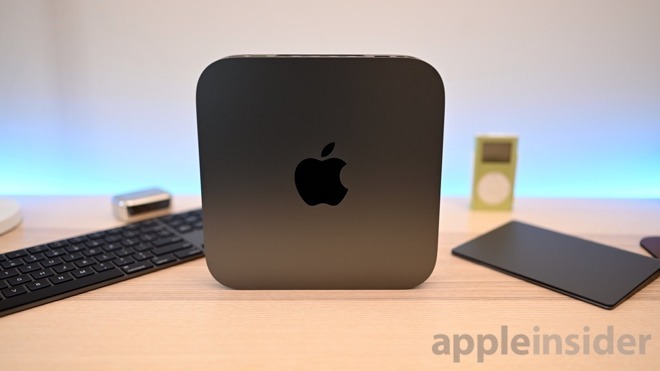

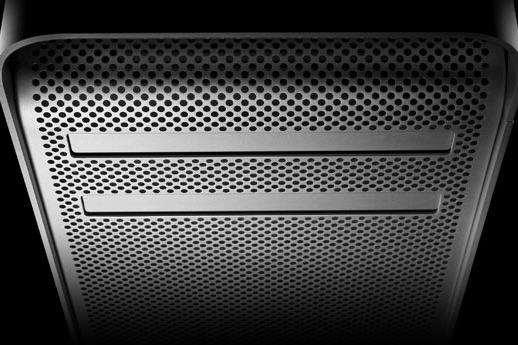




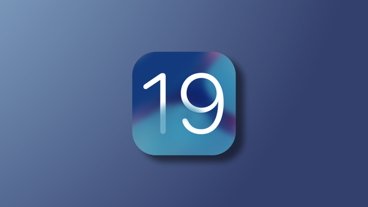


-m.jpg)





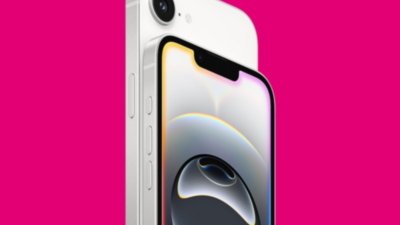
 Sponsored Content
Sponsored Content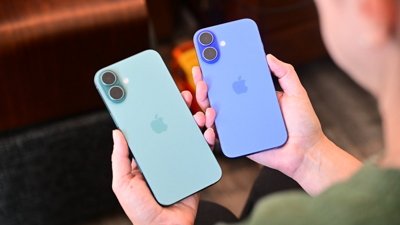

 Malcolm Owen
Malcolm Owen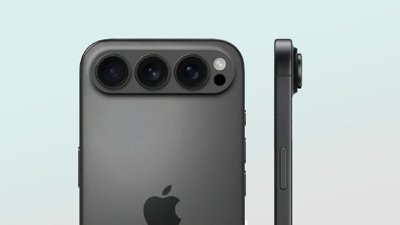
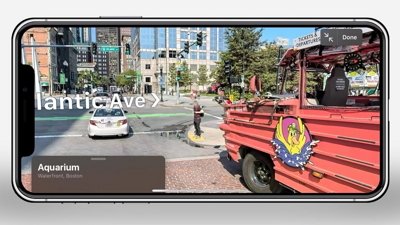


 Charles Martin
Charles Martin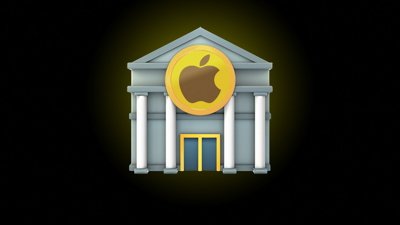
 Wesley Hilliard
Wesley Hilliard








151 Comments
Absolutely spot on piece.
It IS an editorial, but some lines come across as a little defensive...
“...you’re beyond help...” might not be well received. :)
Apple wants to redefine what a computer is, what computing is, so the lack of an xMac is a strategic decision. That product feels too much of a traditional PC to me. I don’t think that product is on their roadmap at all - nor should it be. Leaving out that PC style computer forces themselves to think of new form factors and new concepts.
The Mac Pro is a product they’d rather not have from a design and form factor perspective because it’s a classic lump of aluminum. But their positioning for ultra end-user allowed them to go wild with design again and accept the traditional PC form factor. The xMac however is exactly the target audience and type of computing they would not want to deal with.
What is ready for serious innovation to close that gap is the iMac form-factor. Detaching the screen from the computer, or at least making the computer ‘module’ replaceable, or sit under/behind the monitor, would be both better for the environment, cost to consumer and help take design aesthetics to the next level, which for the current iMac lineup feels dated.
Not going to happen. With all the BTO options now available, there actually is a pretty smooth gradation from low-end to high and a reasonable cross-over point from the iMac to iMac Pro.
There’s also that nice 4-quadrant view of entry/pro and modular/all-in-one. Like it or not the Mac Mini is your modular option with external components fleshing out anything you can’t build to order. I would love if that also included a midrange display but I’m pretty sure it won’t.
The Mac range is in a better state than it has been for ages (particularly if they replace the MacBook Pro soon with something slightly more flexible). Expect incremental upgrades across rear of the line only for the next couple of years.
Why does anyone need expandability. Apple knows what you need, better than you do. Pay attention to what they give you, and you'll be just fine.
Oh yeah, /s
Modular PC or Mac is a big lie. In reality you can change graphic card or SSD. Thats all and this also you can do with Mac mini/ TB3. It's enough that Intel will change the size of the chip or chipset and you'll have to buy a new motherboard. After a few years you have to buy almost all new computer. Only the housing and power supply can be used.